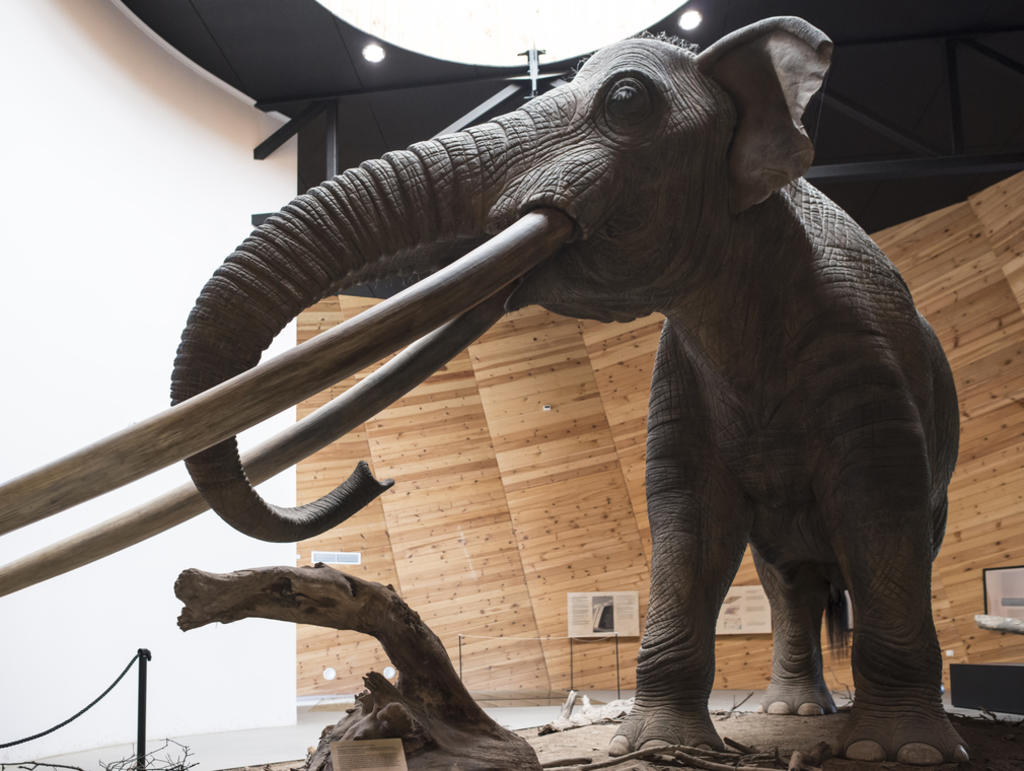
The Muisca Period typically commenced in 800 AD and the people were named Pueblo de la Sal "Salt People" because of their trading in the product. The Herrera Period was followed by the culturally advanced civilisation of the Muisca, organised in their loose Muisca Confederation. Excavations in Nemocón also have revealed the use of needles.

Ceramics of Nemocón date to the 4th century BC and showed that Nemocón in those ages was already important in the extraction of salt. Remains of deer, guinea pigs, rabbits, pecaris, howler monkeys and armadillos have been discovered in Nemocón and formed an important part of the diet of the people. This lithic period, part of the Andean preceramic, predates the Herrera Period of which archaeological evidence has been found by Marianne Cardale de Schrimpff in 1975, 1976 and the 1980s. Rock art has been discovered at various sites in Nemocón, among others at the border with Suesca. In later years other archaeological sites have been found. First researcher of Checua was Colombian anthropologist and archaeologist Ana María Groot. The archaeological site Checua, at 7 kilometres (4.3 mi) north from the urban centre of Nemocón, provided evidence carbon dated at around 6500 BCE. The inhabitants of the area lived under rock shelters, similar to Tequendama. One of the oldest evidence of human settlement lithic scraper tools, bone tools and the remains of food of the hunter-gatherers ( deer, foxes, jaguars and rodents) has been dated at 7640 BP. History Prehistory Īrchaeological evidence surfaced by Gonzalo Correal Urrego in 1979 and Ana María Groot in 1992 has shown that Nemocón was inhabited early in the history of inhabitation of the Altiplano Cundiboyacense. Another etymology is that the town is named after zipa Nemequene.

Nemocón is derived from Enemocón and means "The cry or sadness of the warrior" in the Chibcha language. The municipality borders Tausa in the north, Suesca and Gachancipá in the east, Tocancipá and Zipaquirá in the south and in the west the rivers Checua and Neusa and the municipality of Cogua. The median temperature of Nemocón is 12.8 ☌. Nemocón is the northeasternmost municipality of the Metropolitan Area of Bogotá and the Bogotá River originates close to Nemocón. The municipality is situated in the northern part of the Bogotá savanna, part of the Altiplano Cundiboyacense with its urban centre at an altitude of 2,585 metres (8,481 ft) and 65 kilometres (40 mi) from the capital Bogotá. Nemocón, famous for its salt mine, was an important village in the Muisca Confederation, the country in the central Colombian Andes before the arrival of the Spanish.

Nemocón is a municipality and town of Colombia in the Central Savanna Province, part of the department of Cundinamarca.


 0 kommentar(er)
0 kommentar(er)
